Tantrums in Toddlerhood
Toddlerhood is a tumultuous time filled with rapid development and intense emotions, leading to an increased occurrence of toddler tantrums.
Many parents find themselves worn down as they navigate the choppy waters of their child’s strong emotions.
It’s common to feel overwhelmed by the frequency and intensity of these outbursts, which, despite their challenging nature, are a normal part of a toddler’s development.
This blog post delves into the roots of why toddlers throw tantrums and provides practical strategies to help you both weather the storm and ideally, experience fewer tantrums.
Armed with understanding and effective techniques, you’ll be better equipped to guide your child through their emotions and lessen the stress of dealing with your child’s tantrums for both of you.
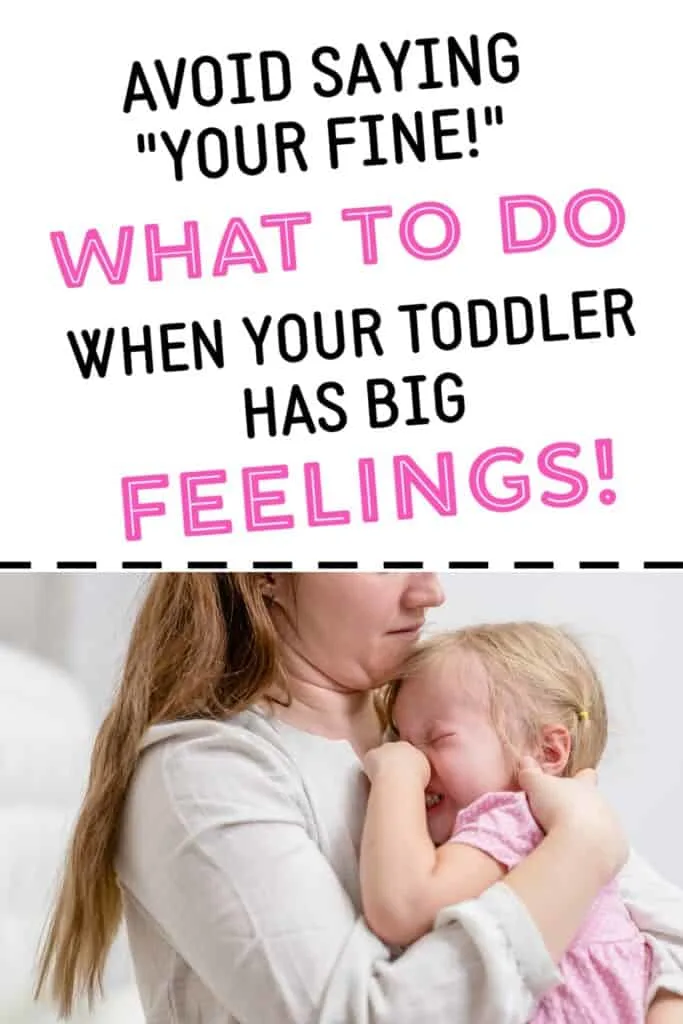
(This post may contain affiliate links. To read our full disclosure policy click here.)
Understanding Tantrums in Toddlers: It’s All Part of Growing Up
Tantrums might seem like just a bunch of screaming and crying, but they’re actually a totally normal part of child development, especially in the toddler years.
Toddlers’ brains are still working on something called impulse control—that’s like the brakes that stop you from doing everything that pops into your head.
Without well-developed impulse control, those “big feelings” inside can get out so strong and fast, and that’s when you see a tantrum.
Think about it: little kids have only been talking for a short time since their first birthday, so their language skills aren’t all there yet.
When they can’t find the words to tell you what’s up, those big feelings like anger or sadness can come crashing out as loud cries or even aggressive behavior, like throwing things or hitting.
This can happen even if you teach them nice ways to act because their brains are just not ready to always remember the rules.
My own kids started these stormy tantrums around 12 months old, and by the time they hit 3.5 years old, things calmed down a bit.
But just like every snowflake is different, every kid has their schedule for these changes.
So, remember these important reasons why toddlers have tantrums, and know you’re not alone when it comes to dealing with all the drama of the toddler years.
Tantrum Prevention
Tantrum Prevention: Simple Strategies That Really Work
Preventing tantrums might seem like a tough task, but meeting basic needs goes a long way.
Believe it or not, the best way to avoid a meltdown is by making sure your child has enough sleep and isn’t hungry.
A tired or hungry toddler is like a ticking time bomb, and a missed nappy change or delayed lunch can quickly turn into a top-of-his-lungs protest.
Another good idea is to give toddlers little choices throughout the day.
This could be as simple as picking out a snack or choosing between two shirts.
Young toddlers don’t have much power, but letting them make choices gives them a sense of control and can prevent a lot of fuss.
Start building those communication skills early on too!
Teaching toddlers the names of their feelings is like giving them tools to fix a problem.
When they can say “I’m mad” or “I’m sad” instead of acting out, they’re taking a big step in handling those big emotions.
So, talking about emotions and providing an emotional vocabulary is just as important as teaching the ABCs and 123s.
Remember, when your child knows you understand them, they’re more likely to feel heard and less likely to throw a fit.
Keep these tips in mind, and you’ll be navigating the toddler years with a bit more peace and a lot fewer tantrums.
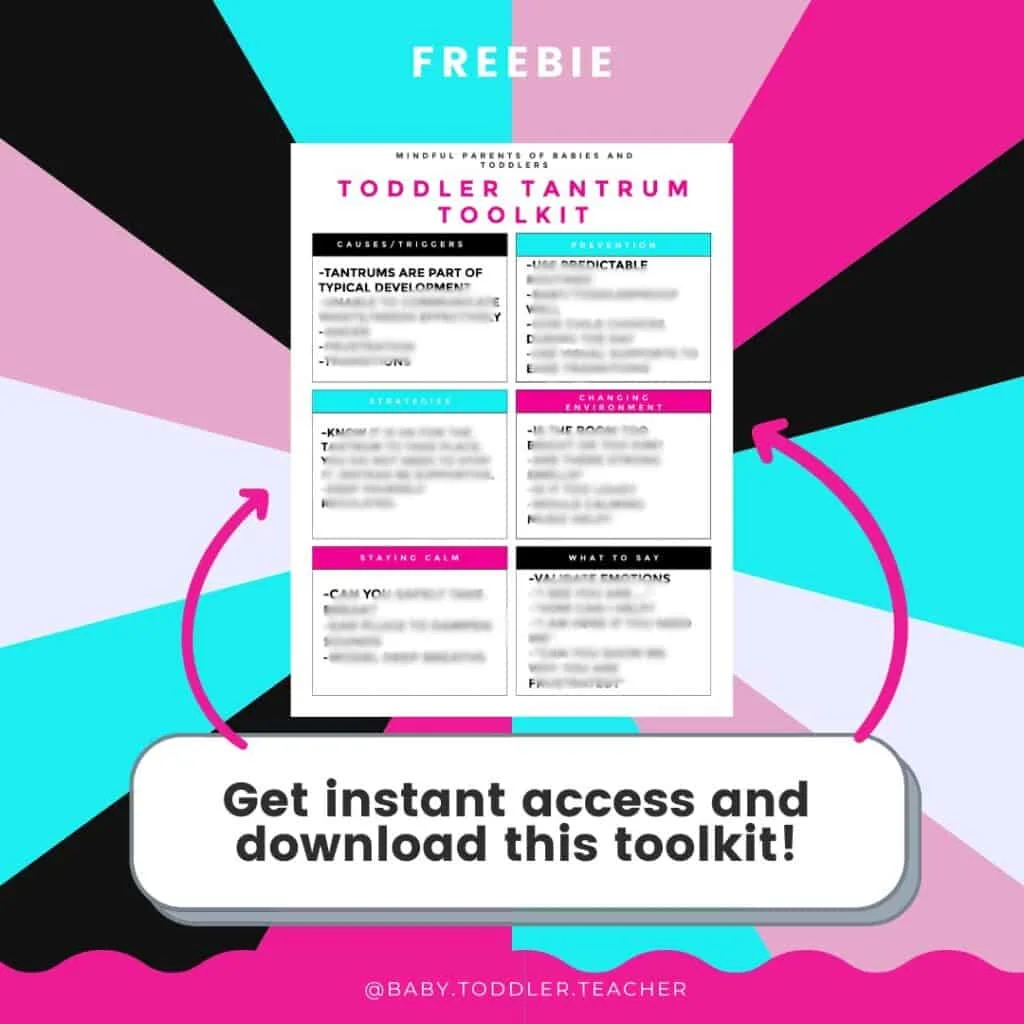
Handling Public Tantrums: Stay Calm and Supportive
When your small child has a big tantrum in a public place, it can feel like a really big deal.
All those eyes staring at you can make you feel nervous or even embarrassed.
But here’s the good news: your most important job isn’t to stop the tantrum fast—it’s to be there for your child and support their emotions.
For example, if your little one is crying because they can’t have a toy, you can kneel down and say, “I see you’re really upset about not getting the toy. It’s okay to feel sad.” This shows you understand what they’re feeling—it’s called validating your child’s emotions, and it helps!
Sometimes I would even offer to take a picture of the toy that they want so that we could add it to a birthday or Christmas list.
Remember, staying calm helps your toddler too.
They watch you and learn how to act, so when you’re chill, they start to calm down as well.
It’s like they’re using your calmness to help control their own feelings—a special grown-up power called co-regulation.
Before you head out, double-check those basic needs to stop tantrums before they start.
Is tummy full?
Check!
Did we have a good nap?
Check!
All good?
Great—let’s go have fun.
Sometimes, people might not get it.
They might look at you funny or say unkind things because they don’t understand child development like you do.
That’s tough, but you’ve got this!
Focus on your kiddo and not the crowd.
Your job is to help your little one feel seen and heard, even when it’s tough.
With a calm approach and a bit of planning, outings with your toddler can be more enjoyable for everyone.
Offering a Helping Hand Through the Storm
When your child throws a tantrum, they aren’t being bad—they’re just being a toddler!
It’s like they’re on a boat in the middle of a storm of big emotions, and they need you to be their safe harbor.
Instead of trying to stop the tantrum, it’s important to provide support and help them feel safe.
Picture this: Your toddler’s feelings are so big, like waves in an ocean, and they need help from you to get through them.
Offering a big hug or a quiet space to take deep breaths can create a ‘safe place’ for them to feel secure.
Just like different boats need different things to stay safe, each child needs different kinds of support.
Some kids might need a hug, while others might prefer a little space to cool off.
And when you’re there with them, taking your own deep breaths and being calm, you’re showing a good example of how to handle tough times.
Remember, saying things like, “I understand you’re having a hard time,” can help a lot, too.
It’s like giving your child a lifejacket in that stormy sea.
When we use words to talk about those big emotions, it’s like teaching our child how to swim through them.
In the end, being there for your toddler, with patience and love, is the best help you can give during a tantrum.
So next time the emotional waves come crashing, remember to stay calm and be the safe place your child can always count on.
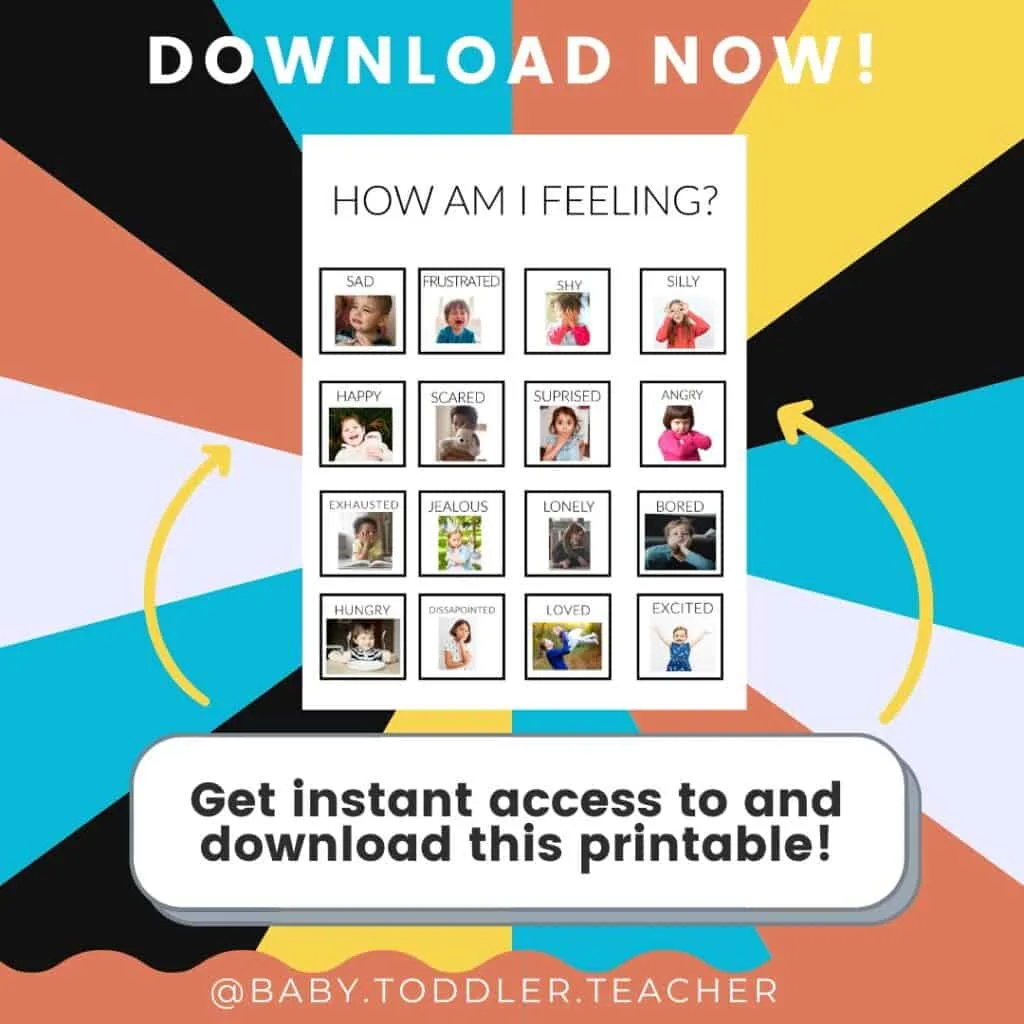
Talk About Big Feelings…Don’t Wait Until They Happen
Discussing big feelings with young kids is like giving them super tools to build their emotional brain.
When kids are calm and happy, it’s the best time to chat about feelings because they can listen better and understand more.
You can read books about emotions or watch shows like “Daniel Tiger,” which are just right for their age and can teach them lots about emotional support.
By talking about feelings early on, you’re helping your child’s development in a big way.
They’ll start to know it’s typical to have big emotions and tantrums sometimes.
Plus, they’ll learn cool words to use when they feel mad, sad, or super excited.
The best thing about this is that your child will get better at handling tricky feelings and know you’re there to help.
Remember, giving your child the words to talk about emotions is like giving them a secret code to unlock their feelings and deal with them in a superhero kind of way!
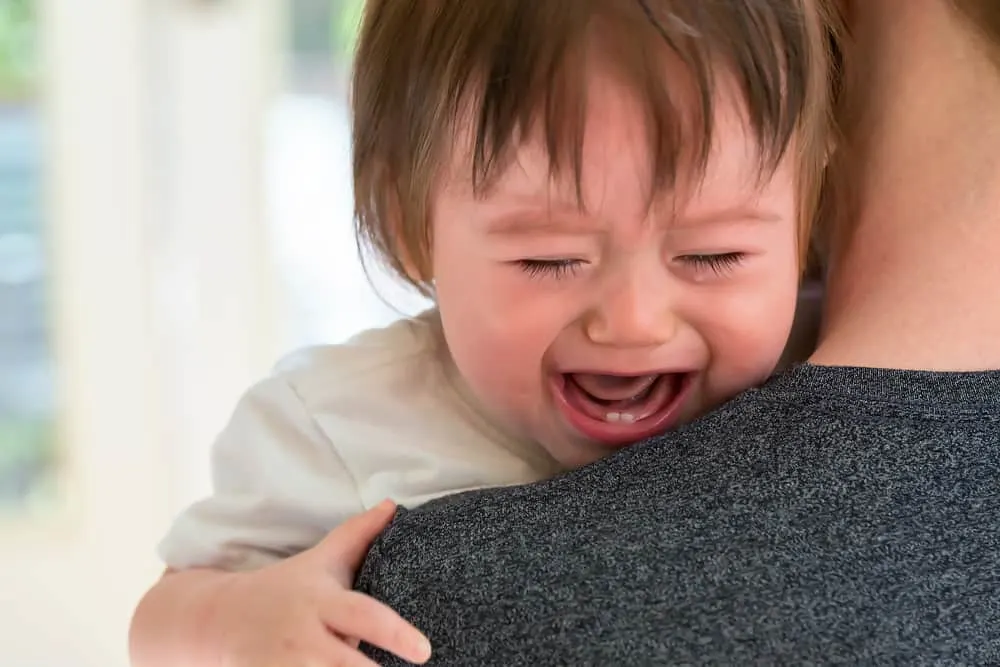
When Tantrums Raise Concerns: Steps to Take
If you’re worried about your child’s tantrums, it’s okay to ask for help. Sometimes, tantrums happen for a good reason, like your child feeling super mad or sad, and just not knowing how to show it.
But if tantrums get really wild or happen a lot, it might be a safety issue.
You know your child best, so trust your feelings.
If you feel something’s not right, here are some helpful steps to take:
- Reach Out for Help: There’s a team called Early Intervention available in every state, and they’re there to help kids who are very young, from babies to age 3. They can talk with you about your child’s behavior and figure out if everything’s okay.
- Get a Free Check-Up: Early intervention does free screenings (that’s like a quick check-up for how they play, learn, speak, act, and move) or evaluations (that’s a deeper look at their skills) in all 50 states. You don’t have to pay anything, and it’s a great way to see how your child is doing.
- Visit a Professional: Sometimes, you might want to talk to someone like a child psychologist. They know a lot about kids’ feelings and can help you understand why your child might be having those big emotions.
Remember, it’s alright to want the best for your child’s development in the early childhood years.
They’re learning so many new things, and it’s important they feel safe and supported through it all.
If you have any questions or concerns, asking for help is a really smart move.
Wrapping Up: You’ve Got This!
Now, we’ve talked a whole bunch about tantrums—you know, those super big fits that kids have sometimes.
It’s totally normal for your little one to have frequent tantrums, and it’s all part of growing up.
But hey, you’re doing an amazing job helping them learn to handle those wild waves of feelings. Remember that it’s cool to ask for help when you need it, and there’s no shame in it.
You’re not alone, and there are people ready to lend a hand, so good luck!
Just keep doing what you’re doing, and know that it’s all part of an appropriate stage in your kid’s life.
They’ll get through it with you by their side!
Related Posts You Will Enjoy
What to Do When Your Toddler Hates Getting Dressed
Signs Your Child is Not Ready for Potty Training
How to Get Things Done With a Toddler At Home
How to Get Your Toddler to Pick Up Toys
Everything You Need to Know about Toddler Gross Motor Skills
Frequently Asked Questions
Is it normal for my 12-month-old to throw tantrums?
Yes, it is normal for 12-month-olds to start having tantrums. They are learning how to express themselves and may not have the words yet to communicate their needs or wants.
Remember, they are still developing emotionally and need your support during these tough times.
Should I ignore my 1 year old’s tantrums?
It’s not recommended to ignore your child’s tantrums, as they need your support and guidance to learn how to handle big emotions. Instead, try offering a safe place for them to express their feelings and help them calm down. Remember that consistency and patience are key in teaching your child how to cope with tantrums.
Does screen time cause tantrums?
There is no clear evidence that screen time directly causes tantrums. However, excessive screen time may lead to a lack of physical and social activity, which can contribute to behavioral issues in young children. It’s important to have a healthy balance and limit screen time for toddlers. The transition off of screentime can be difficult for some children so having support in place to handle that can be helpful.
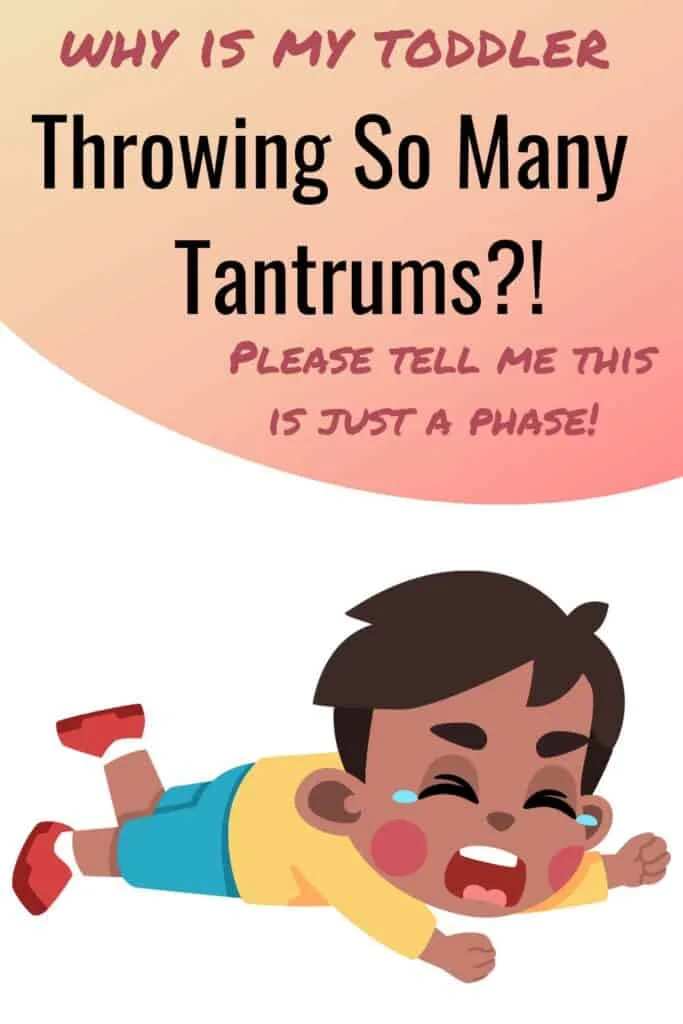

Kayla O’Neill has a master’s degree in education as well as a bachelor’s degree in special education with an emphasis in early childhood education. She has been working as a developmental therapist with babies and toddlers in early intervention since 2012. She is also a mom with two young children.